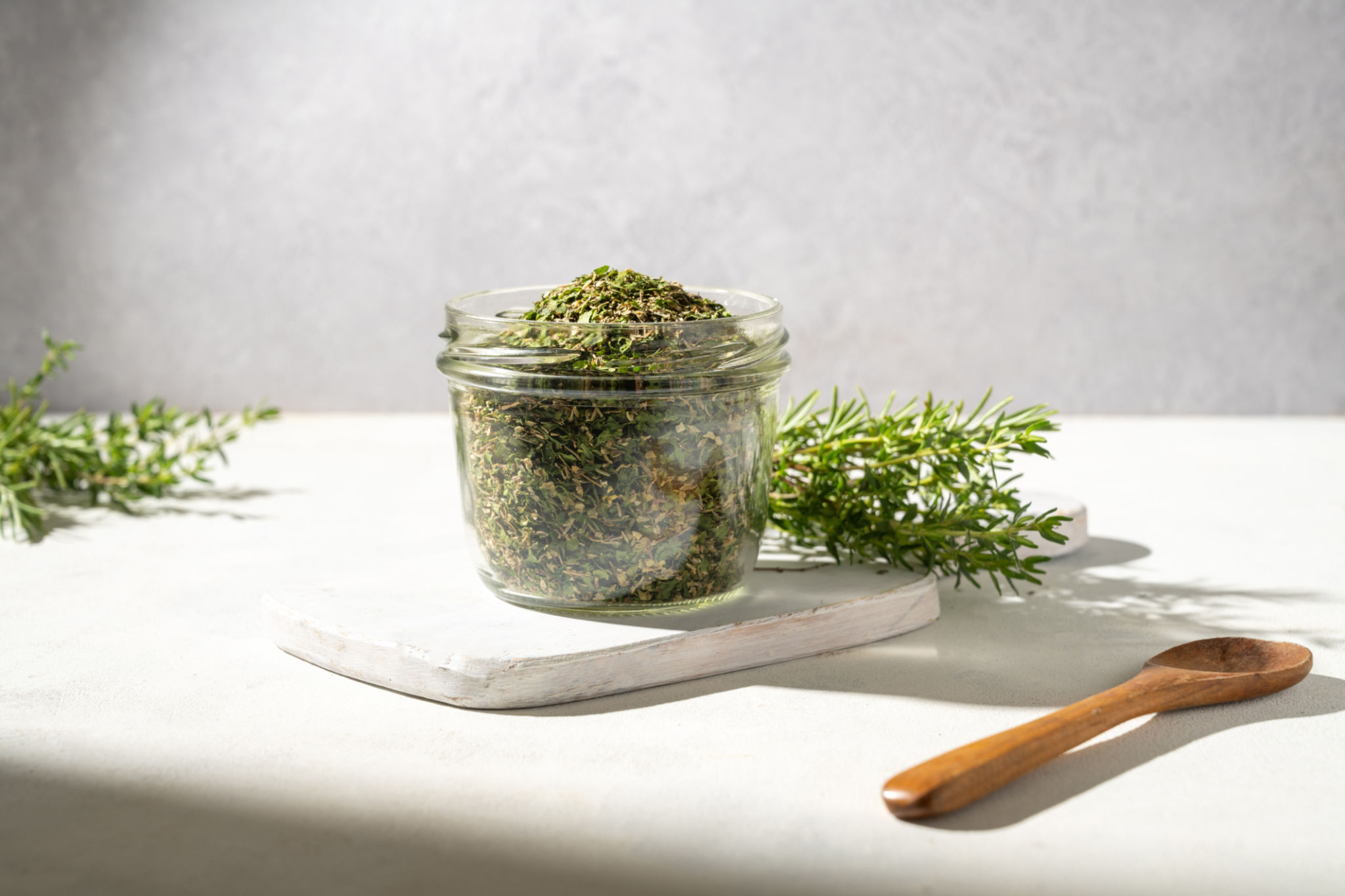A Guide to French Gourmet Spices: Exploring Their Origins and Uses
Introduction to French Gourmet Spices
French cuisine is renowned for its elegance and depth of flavor, much of which can be attributed to the expert use of spices. French gourmet spices play a crucial role in transforming simple ingredients into exquisite dishes. Understanding the origins and uses of these spices can enhance any culinary experience, bringing a touch of France into your kitchen.

The Origins of French Spices
Many of the spices used in French cooking have fascinating histories, tracing back to ancient trade routes and cultural exchanges. For example, Herbes de Provence, a classic blend, is believed to have originated in the southeastern region of France. This aromatic mix typically includes thyme, rosemary, oregano, and marjoram, capturing the essence of Provence's sun-soaked fields.
Another spice with a storied past is saffron. Introduced to France by the Romans, it has been cultivated in various regions for centuries. Known as the world's most expensive spice, saffron imparts a rich golden hue and a distinctive flavor to dishes like Bouillabaisse.
Common French Spices and Their Uses
The French pantry is stocked with a variety of spices that each serve unique purposes. Here are some commonly used spices in French cuisine:
- Fleur de Sel: This delicate sea salt is harvested from the surface of salt ponds in Brittany. It’s used as a finishing salt to add a subtle crunch and enhance flavors.
- Tarragon: Often used in sauces like Béarnaise, tarragon has a slightly licorice flavor that pairs well with poultry and seafood.
- Lavender: While not as common, lavender adds a floral note to desserts and some savory dishes.

The Art of Blending Spices
Blending spices is an art form in French cooking, where balance and harmony are key. Quatre Épices, meaning "four spices," is a quintessential blend that usually includes ground pepper, cloves, nutmeg, and ginger. It’s used in everything from soups to pâtés, adding warmth and complexity.
The precise proportions in these blends can vary, allowing chefs to tailor them to their specific tastes and regional influences. This adaptability is part of what keeps French cuisine dynamic and ever-evolving.
Incorporating French Spices into Your Cooking
Bringing French gourmet spices into your home kitchen can elevate everyday meals. Start simple by incorporating Herbes de Provence into roast chicken or vegetables for an instant taste of southern France. A pinch of saffron can transform rice dishes or soups, offering that luxurious touch associated with high-end French dining.

Tips for Using French Spices
When using French spices, consider these tips to maximize their flavors:
- Start Small: It's easier to add more spice than to correct an overpowering dish.
- Freshness Matters: Use fresh herbs when possible or ensure dried spices are stored properly to maintain potency.
- Experiment: Don’t be afraid to experiment with blends to discover your own signature flavors.
The Cultural Significance of Spices
Beyond their culinary uses, spices hold cultural significance in France. They are often associated with traditional celebrations and regional pride. For instance, specific spice blends are tied to particular areas in France, reflecting local tastes and historical influences.
Understanding these cultural connections adds another layer of appreciation when using these spices in your own cooking adventures.
Conclusion
French gourmet spices offer an exciting way to explore the country's rich culinary heritage. By incorporating these aromatic elements into your cooking, you not only enhance flavor but also connect with centuries-old traditions. Whether you're using a classic blend like Herbes de Provence or experimenting with saffron, these spices open a world of possibilities in your kitchen.

